 |
 |
 |
 |
 |
 |
|
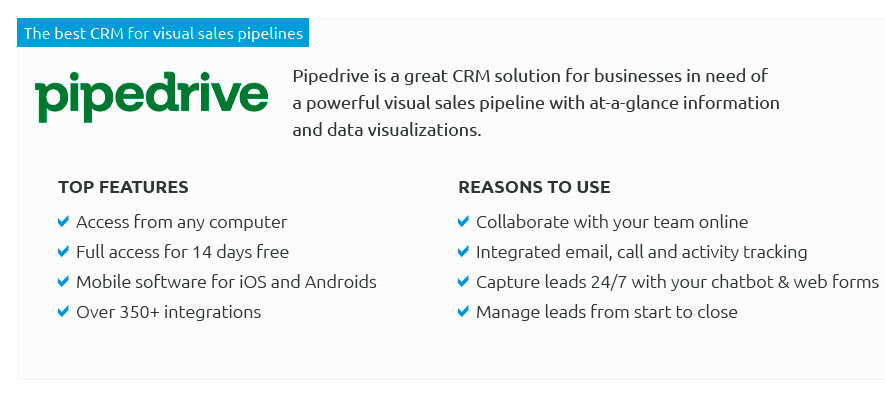 |
|
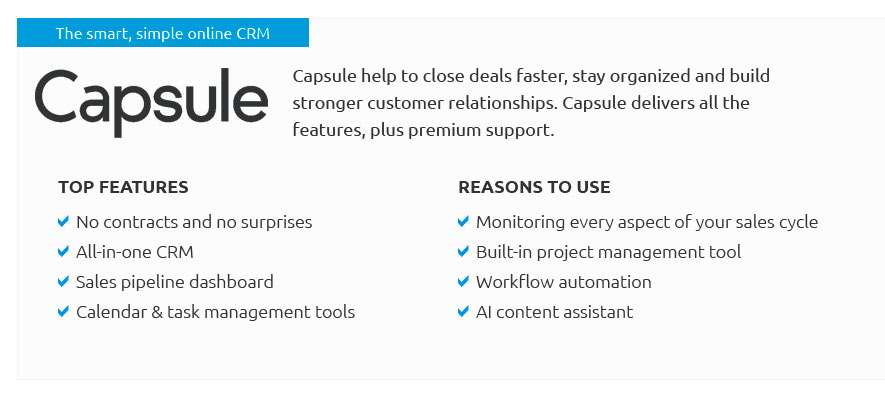 |
|
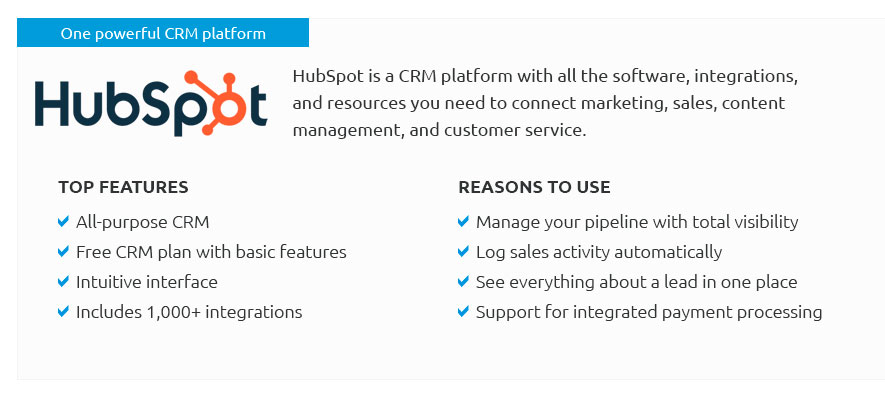 |
|
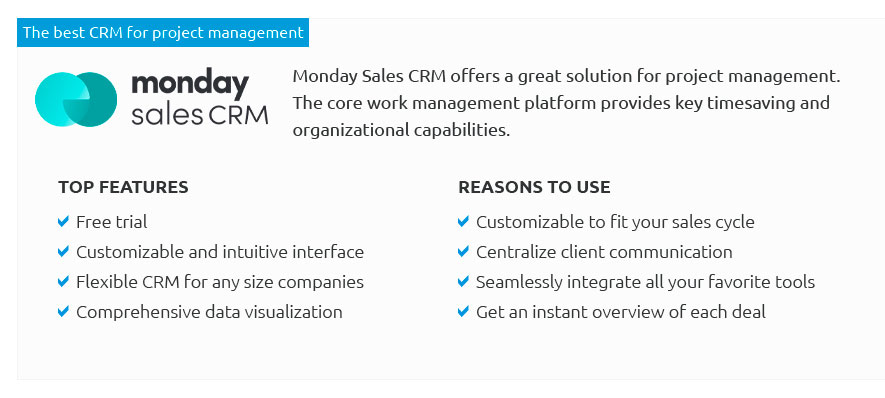 |
|
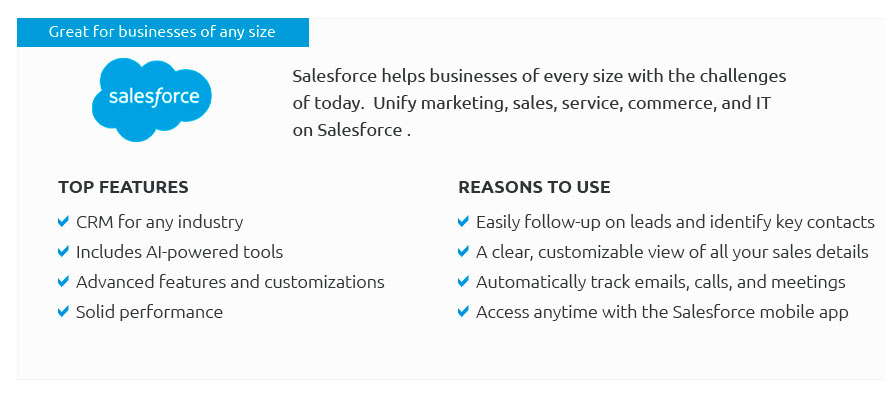 |
|
 |
 |
The Art and Science of Task Boards: A Comprehensive GuideIn the bustling world of productivity, where efficiency reigns supreme, task boards have emerged as indispensable tools, their relevance growing exponentially in both personal and professional realms. These dynamic platforms, which come in various forms such as digital applications or traditional corkboards, serve as visual representations of workflow, helping individuals and teams to organize, prioritize, and ultimately achieve their objectives. The core principle behind task boards is deceptively simple yet profoundly effective: breaking down complex projects into manageable tasks. By doing so, users gain clarity and focus, paving the way for heightened productivity. At their essence, task boards facilitate the visualization of tasks and their progress. This visualization not only aids in understanding the breadth of work at hand but also in identifying potential bottlenecks that may hinder progress. The significance of this cannot be overstated, particularly in environments where projects are multifaceted and involve multiple stakeholders. Task boards are typically divided into columns representing different stages of a process, such as 'To Do', 'In Progress', and 'Done'. This simple yet effective categorization helps users maintain a clear overview of their tasks, ensuring nothing falls through the cracks. Advantages of Task Boards
While the benefits of task boards are clear, it is important to approach them with a strategy that maximizes their effectiveness. Here are some best practices:
In conclusion, task boards are more than just organizational tools; they are strategic assets that, when utilized effectively, can transform the way individuals and teams approach their work. By providing clarity, fostering accountability, and encouraging collaboration, task boards have the potential to elevate productivity to new heights. As with any tool, the key lies in understanding how best to implement it within the unique context of your workflow. Whether you're managing a complex project or simply organizing your daily tasks, a well-maintained task board can be the difference between chaos and clarity. https://workspace.google.com/marketplace/app/tasksboard_for_google_tasks/938219596206
A Task Manager to Manage, Share, and Assign your Google tasks on a full-screen Kanban Board. Collaborate with your team in real-time. https://tasksboard.com/pricing
Unlimited boards - Boards and lists customization - Custom task labels - See all features. Start your trial. Team. $4.99/ month / user. For teams and companies ... https://tasksboard.com/
Manage your Google Tasks on a full screen app. Get more things done on a full screen. Organize your lists in full screen board to stay on top of your work.
|